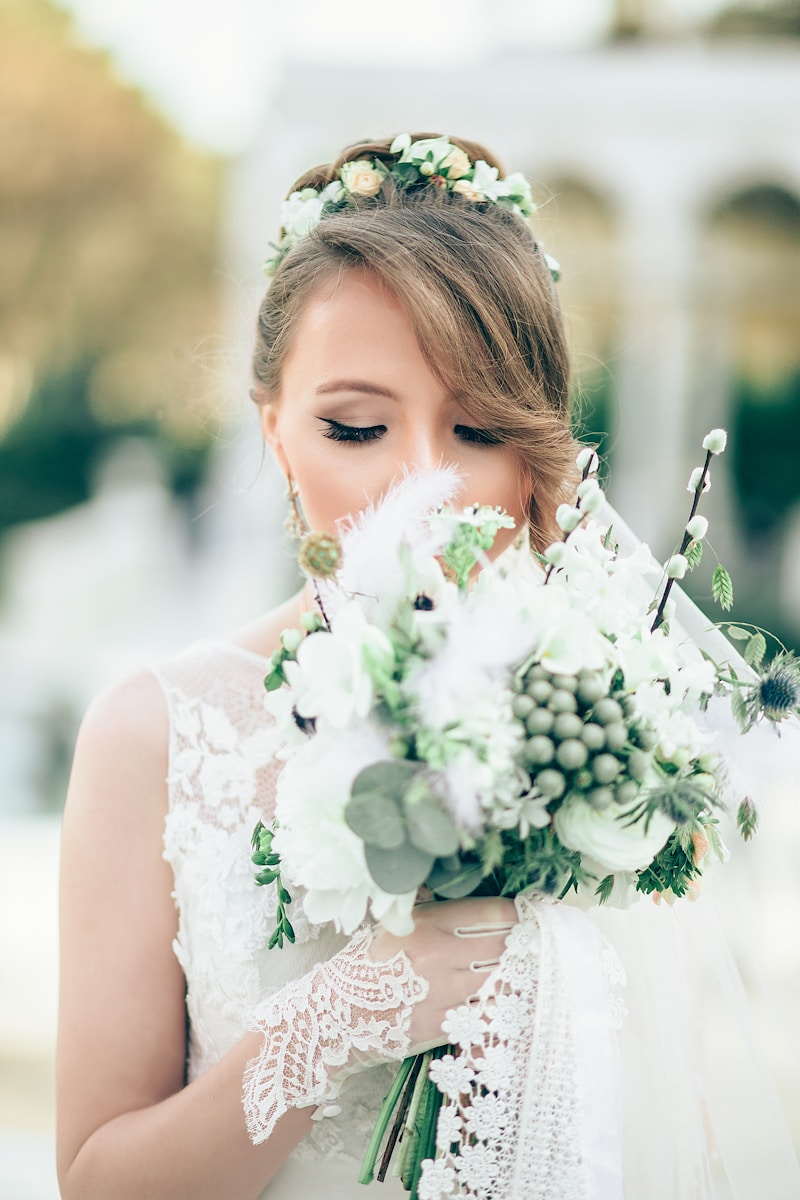Cultural Heritage in Wedding Fashion: A Timeless Elegance
Cultural Heritage in Wedding Fashion: A Timeless Elegance
Weddings are not merely a union of two individuals; they are a beautiful tapestry woven from threads of cultural heritage and traditions. The essence of cultural heritage in wedding fashion is reflected in the attires, jewelry, and rituals that vary from region to region. In this article, we will explore how cultural heritage influences wedding fashion globally, emphasizing its significance and the uniqueness it brings to each celebration.
Understanding Cultural Heritage in Wedding Fashion
Cultural heritage refers to the legacy of physical artifacts and intangible attributes of a group or society inherited from past generations. In wedding fashion, this heritage shapes not only the outfits worn by the bride, groom, and guests but also influences the overall aesthetic of the ceremony. Various cultures have their traditional ways of dressing for weddings, which often reflect their history, values, and beliefs.
The Role of Cultural Heritage in Different Regions
Every culture celebrates weddings in its unique way. In regions worldwide, the combination of cultural traditions and modern influences creates a rich diversity in wedding fashion. Below are some notable examples:
| Region | Traditional Attire | Common Practices | Modern Influences |
| South Asia | Saree, Sherwani | Multiday celebrations with rituals like Mehndi and Sangeet | Fusion wear blending ethnic and contemporary styles |
| East Asia | Qipao, Hanbok | Ceremonial tea ceremonies and ancestral worship | Western-style white dresses |
| Africa | Boubou, Kanga | Extensive family involvement and vibrant celebrations | Modern fabric choices with traditional patterns |
| Western Countries | Ball gown, Tuxedo | Exchanging vows in churches or outdoor venues | Customization of traditional gowns with modern designs |
Traditional Elements in Wedding Fashion
Many brides and grooms opt to incorporate traditional elements in their wedding attire, as these styles often come with symbolic meanings that celebrate the couple’s cultural backgrounds.
Bridal Attire
Bridal attire varies greatly depending on the cultural context. In India, for instance, brides typically wear a heavily embroidered saree or lehenga adorned with intricate gold jewelry, signifying prosperity and beauty. In contrast, in a traditional Chinese wedding, brides often opt for a vibrant red Qipao, which symbolizes happiness and good fortune. By wearing these significant garments, couples honor their heritage while celebrating love in a modern world.
Groom’s Fashion
Similar to brides, grooms also have rich traditions to uphold. For instance, in Pakistani weddings, grooms wear a Sherwani, a long coat-like garment paired with loose trousers. This outfit is often embellished with heavy embroidery, reflecting the richness of Pakistani culture. In Western cultures, grooms typically wear tuxedos or suits, often tailored to reflect individual styles while maintaining a formal appearance.

Jewelry and Accessories: A Cultural Reflection
Jewelry plays a crucial role in wedding fashion. The type and significance of jewelry vary across cultures, often linked with both aesthetics and traditions. For instance, the use of gold ornaments in Indian weddings signifies wealth and status, while in African cultures, beadwork is not only decorative but also tells stories about the wearer's heritage.
Symbolism in Jewelry
Jewelry pieces often carry symbolic meanings. In many cultures, the bridal necklace is a symbol of commitment, with specific designs representing unique narratives within a family or society. Likewise, rings exchanged during the wedding ceremony symbolize eternal love and devotion, transcending cultural barriers.
Modern Trends: Balancing Tradition with Contemporary Fashion
The evolution of wedding fashion reflects broader social changes. Today, couples increasingly seek to blend their cultural heritage with modern fashion trends. This fusion not only celebrates their upbringing but also personalizes their marriage experience.
Fashion Innovations
Emerging designers worldwide are keen on incorporating cultural heritage into contemporary wedding dresses. For instance, many Western designers now include intricate ethnic patterns and embellishments inspired by traditional weddings. Couples also choose to wear outfits that are not solely defined by cultural lines but rather incorporate styles that resonate personally with them.
Eco-Friendly Choices
With a growing awareness of sustainability, many couples now prioritize eco-friendly wedding fashion. This includes wearing ethically sourced materials, vintage outfits, or even customizing existing garments. Integrating cultural aspects into these sustainable choices not only enriches the experience but also honors family heritage while being environmentally conscious.
Tips for Incorporating Cultural Heritage in Wedding Fashion
If you’re planning a wedding and want to incorporate cultural heritage into your fashion choices, consider the following tips:
- Research and Respect: Understand the significance of traditional attire in your or your partner’s culture before making a choice.
- Explore Fusion Options: Look for designers who specialize in fusion wedding attire, combining cultural elements with modern styles.
- Personal Touch: Customize your outfits with family heirlooms or symbols that hold personal meaning.
- Consult Elders: Engage family members, especially elders, who can provide insights into traditional practices and help in preserving these elements.
- Sustainable Choices: Consider eco-friendly and ethnic fashion that respects both the environment and cultural significance.
Conclusion
Cultural heritage in wedding fashion is a celebration of identity, love, and history. As couples navigate modern society, integrating traditional elements into their wedding attire allows them to honor their roots while creating unforgettable memories. Whether embracing the striking colors of Indian bridal wear or the elegant lines of a Western ball gown, the beauty of wedding fashion lies in its ability to represent the love story of two individuals intertwined with their cultural narratives. Ultimately, the choice of fashion reflects not just style, but a profound respect for heritage that can inspire generations to come.
